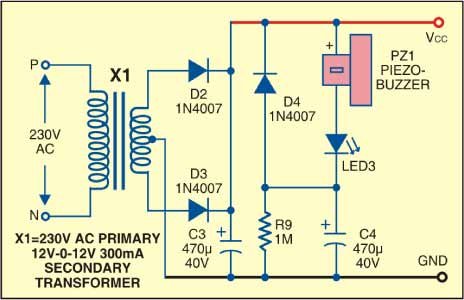Low Voltage Smart Blinds Power Reference – Easy DIY Setup

🔋 The Problem: Powering Smart Blinds Efficiently
Smart blinds are an awesome home automation project, but one common issue is powering them at low voltage. Most small motors and controllers used in DIY smart blinds require 5V or 12V. If you connect them directly to inconsistent or underpowered sources (like USB chargers or solar cells), they may stall, jitter, or even fail to operate.
🛠️ The Solution: Use a Stable Low Voltage Power Reference
The key is to use a low-dropout voltage regulator (LDO) or a DC-DC buck converter to provide clean, stable voltage. These can step down from 12V or 7.4V Li-ion packs to 5V for microcontrollers and Wi-Fi modules like the ESP8266.
🔧 Practical Example: Fixing a Flickering Blind System
An engineer in Bengaluru powered his smart blinds with a 7.4V Li-ion battery. The ESP8266 kept rebooting due to voltage dips when the motor started. He added a buck converter to step 7.4V down to a clean 5V and placed electrolytic capacitors (470µF) near the load. Result? Stable operation with no reboots.
📐 Sample Calculation: Current Requirement
Say the motor uses 1A and the controller 0.3A.
Total: 1.3A @ 5V ⇒ Power = 5V × 1.3A = 6.5W
Choose a DC-DC converter rated at least 7W output with input range covering your battery or source voltage.
🧰 Product Suggestion: Go with Made in India DC-DC Modules
Use reliable DC-DC converter or LDO regulator modules built in India for performance and easy prototyping.
👉 Shop now at SmartXProKits.in
🇮🇳 Support our work and India’s innovation—buy from our Make in India site!




















